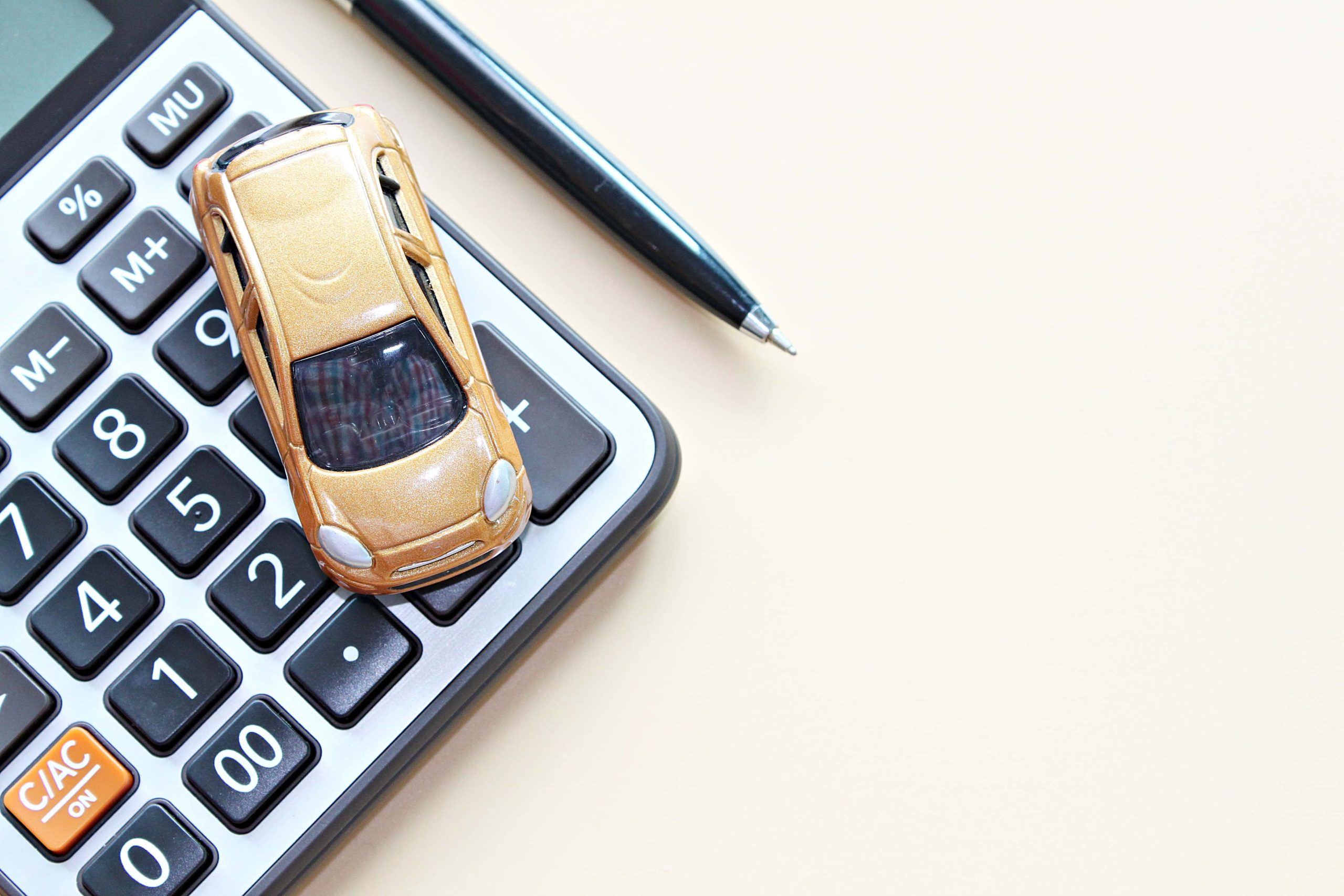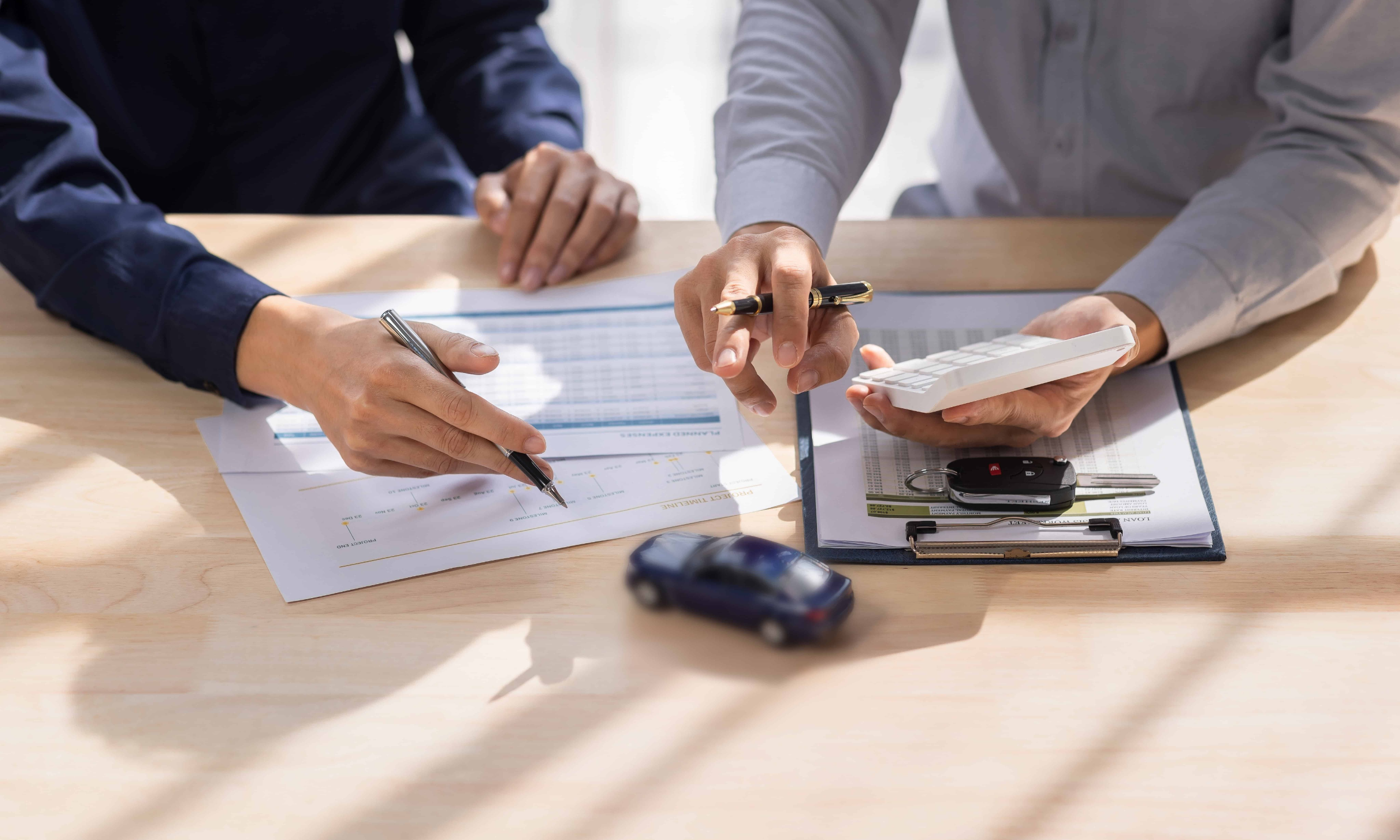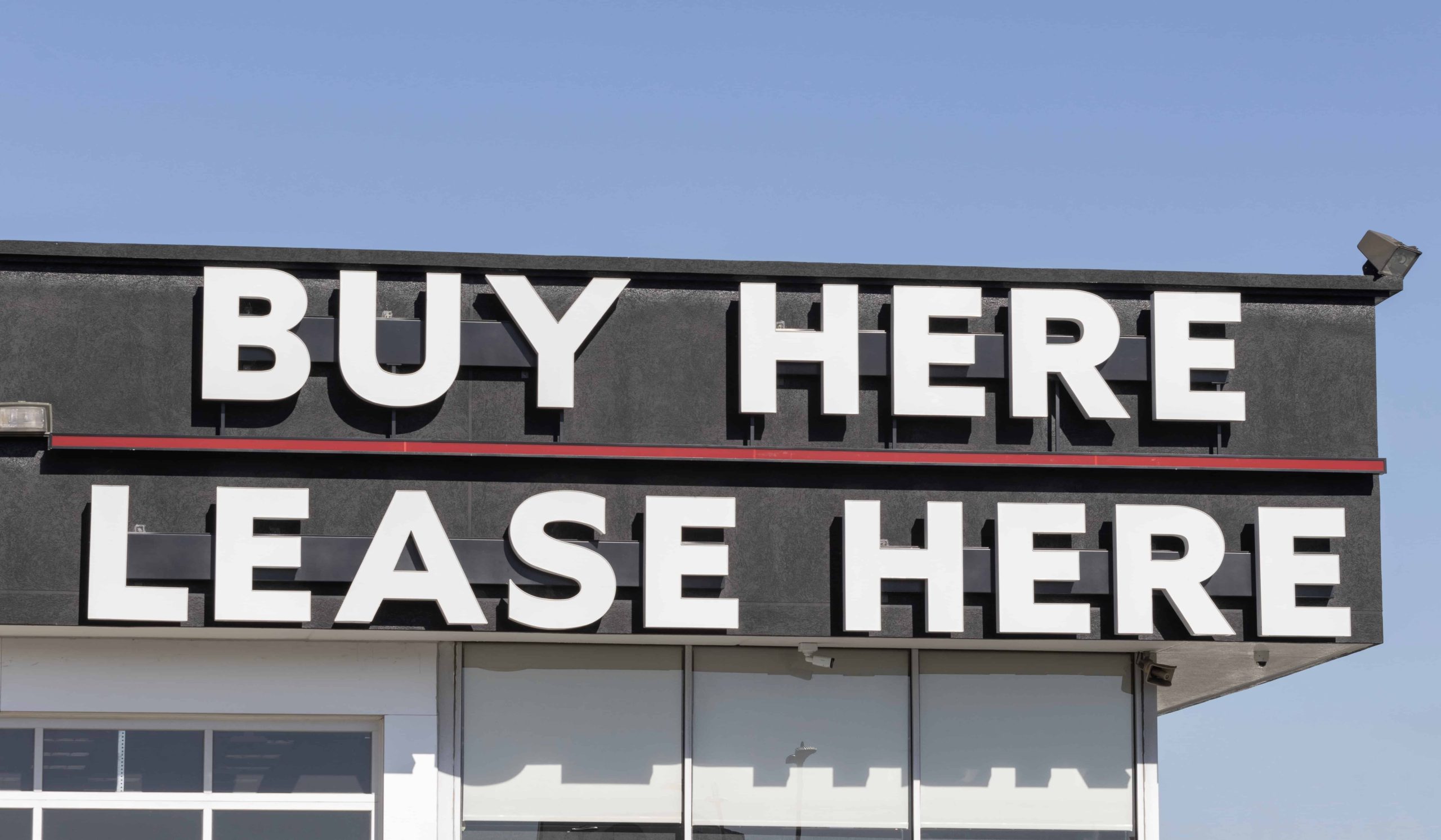Buying a car is exciting, but figuring out how much you can afford can feel overwhelming. It’s not just about the monthly payment. You also need to factor in gas, insurance, and maintenance. A payment that seems affordable now could strain your budget later if you don’t plan carefully. The key is finding a balance that fits your lifestyle and financial goals without leaving you stretched too thin. Understanding how to calculate an affordable payment and considering all the extra costs will help you avoid stress and make a smart car-buying decision.
How Much Car Can You Really Afford?
Many people offer simple advice for understanding affordability. Some say total car expenses (gas, insurance, payments) shouldn’t exceed 20% of your pre-tax monthly income. Others say the vehicle price should be around half your annual take-home pay.
There’s no “perfect” formula, but a starting point is that your new-car payment shouldn’t exceed 15% of your monthly take home. If you’re looking at pre-owned car options or leasing, aim for closer to 10%. Remember, it is not just the payment.
You also have fuel and auto insurance, which people commonly miss. Adding in another 7% for those puts you closer to 20% of your take-home pay.
Breaking Down Your Budget
Review your monthly spending. Include rent or mortgage rates, bills, food costs, and savings. Knowing your spending shows what size payment is best.
After this, what vehicles fit that payment? An affordability calculator can provide options. Note that registration fees or optional features aren’t always included.
Vehicles have become much more expensive. Often, pay hasn’t kept up with inflation. An honest look shows how manageable a car purchase might be.
Beyond the Payment: Fuel and Insurance Costs
It’s crucial to figure out fuel and insurance costs. These change based on where you live, driving record, and car choice. Don’t forget these. Knowing these helps compare models. Some have better fuel economy, while others have higher premiums. Consider all financing options to find the best fit for your budget.
Know Your Car Buying Habits
Past habits with car buying can show useful hints. Do you pay off a vehicle and keep driving it for years? Then buying new might work for you.
This type of buyer can usually afford what they buy. When those payments stop, finances have more freedom. Maybe you get restless after a few years. If so, leasing may be smarter long-term. Why get a six-year loan term if you’ll trade in early?
With leasing, monthly costs could be lower. It may also let you get a better-equipped vehicle for less. Manufacturers offer lease deals to attract customers. But if being responsible with money is your biggest goal, a used vehicle can save money upfront.
Best Car Payment for Your Situation (and How to Get it)
Finding the best car payment for your situation means understanding how much you can afford each month. Start by looking at your budget and figuring out how much you can comfortably spend without affecting your other expenses. Next, shop around for the best loan terms, including low interest rates and flexible repayment options. A higher down payment can also help reduce your monthly payments. Don’t forget to check your credit score — a higher score can help you qualify for better rates. Taking these steps will help you secure a payment plan that works for your budget and lifestyle.
Example of How This Could Look
Let’s say Jerry wants to buy a car and keep his monthly payment around $400. He finds a car that costs $25,000. He plans to make a $5,000 down payment, leaving him with a loan balance of $20,000. Jerry secures a loan with a 5% interest rate over 60 months (5 years).
To calculate his monthly payment, he uses an auto loan calculator. He can also get help from the dealership. His estimated monthly payment comes out to about $377 — comfortably within his $400 budget. Jerry wants to keep his payment around $400 so he can balance his budget without cutting back on other expenses like rent, groceries, or savings. A manageable payment also leaves room for unexpected costs, such as car repairs or insurance increases. By putting more money down and choosing a longer loan term, Jerry balanced a lower monthly payment with a reasonable overall loan cost.
Bottom Line
Finding the right car payment is about more than just the monthly cost. You need to consider gas, insurance, and maintenance to avoid financial surprises. Take an honest look at your budget and calculate what you can afford. A higher down payment or a longer loan term can help reduce your monthly payment, but it’s important to balance affordability with the total cost over time. Planning carefully and understanding all the costs involved will help you make a smart car-buying decision that works for your budget and lifestyle.










